Everything You Need To Know About Lazy Eyes In Kids
Here's what parents should look out for...
3 January 2019
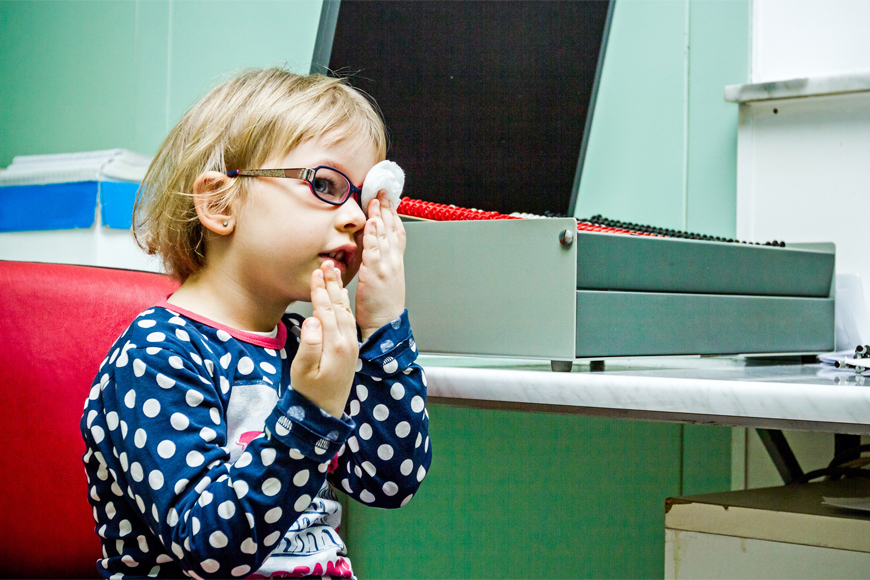
It might be easy to presume
From watching a child grow up that whilst their limbs, bones and teeth are constantly changing, their eyes stay pretty much the same.
In fact, children don’t see the same way that adults do, and for the first few years of life, their eyes are shifting and evolving just like the rest of them.
It is during this stage that developmental problems can arise.
Most people will have heard the term ‘lazy eye’, but far fewer will understand the real condition behind it – one of the commonest sight afflictions among the very young.
So what is a ‘lazy eye’ really, and why is it so important to understand?
What is lazy eye?
Amblyopia (popularly termed: ‘lazy eye’) is a childhood ailment that occurs when at least one eye fails to connect properly to the brain, leaving it with blurred, obscured, and overall poor vision.
A developmental problem with no one clear cause, amblyopia can arise independently or grow off the back of a related problem, like astigmatism, short-sightedness, cataracts or a squint.
The condition usually affects only one eye, leaving children relying on the “good eye” to take the lead.
It’s important to catch lazy eye early – treatment becomes significantly more difficult after the age of six or seven – and without due care and attention it can cause permanent damage.
There may be wider ramifications still.
Recent studies suggest that patients suffering from exotropia (in layman’s terms being cross-eyed – a closely-related condition that can lead to amblyopia) may be at higher risk of mental health problems like attention deficit hyperactivity disorder (ADHD).
How do you spot it?
Though commonly picked up by eye tests, lazy eye can be a tricky condition.
Older children may complain of inhibited eyesight, but amblyopia typically develops through infancy.
When children are too young to tell you about their vision or even realise that they might have a problem.
There are a few simple tells – eye misalignments like exotropia should lead to an immediate appointment with an eye doctor.
But otherwise comprehensive visual examinations are the only fail-safe form of detection.
A DIY trick – to check for any new concerns and not to be used in place of eye exams – is to put your hand over one eye of a young child.
Most children won’t mind being left with one good eye, but if they react with distress and try to bat your hand away, it may indicate that their remaining eye is performing poorly.
What to do about it?
Lazy Eye stems from a breakdown between eye and brain, so cannot itself be treated with glasses, lenses or surgery.
However, the simplest cure can be to target any underlying problems that might be acting as a catalyst or cause.
Refractive errors and squints can be fixed by wearing glasses, while surgery is a common option for childhood cataracts.
Otherwise, treatments tend to focus on coaxing the idle eye into activity.
Eyepatches or ‘blurring’ eye drops are often prescribed to put the ‘good’ eye temporarily out of commission (known as ‘occlusion‘), forcing the child’s brain to fully engage with the poor one.
Inevitably, these treatments are not always popular and can run into problems with child cooperation.
There may be advances on the horizon – recent tests using virtual reality headsets have yielded promising results – but, as ever, take advice from an ophthalmologist.












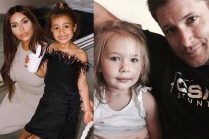







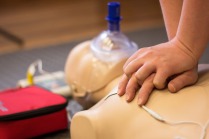
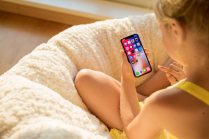


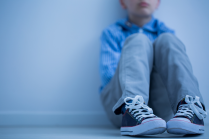
.png?itok=SvZPqMHH)




.png?itok=uB2ieOR7)












